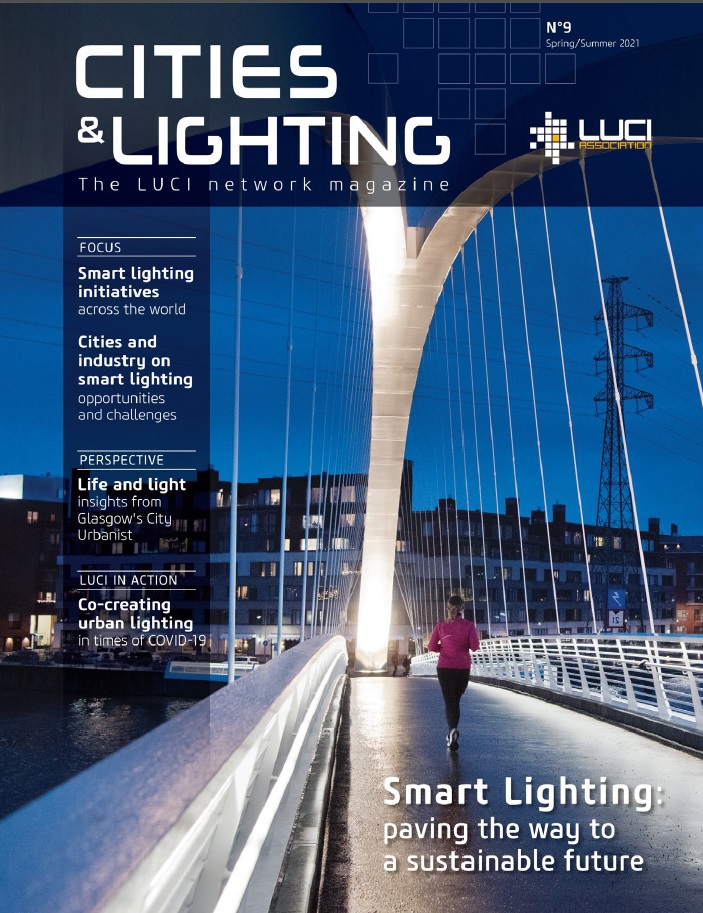Opinion on Smart Lighting: “This is an opportunity to respond to environmental challenge”
By Pierre-Emmanuel Richez, Director, Vinci Energies France (Omexom)
We asked leading city representatives and industry partners to share their views on opportunities and challenges regarding the next steps for smart lighting. They were published in the ninth issue of Cities & Lighting, out Spring 2021.
The COVID-19 crisis, combined with extreme climatic events, has raised governments’ awareness of the urgency to accelerate the energy transition. From a societal point of view, this situation has led citizens to question their lifestyles and switch to more sustainable consumption by favouring locally produced goods. The limitations on human travel is encouraging users to refocus on where they live, on their own town or city. They are hoping for more pleasant and “sensitive” places to live. By sensitive we mean a territory that reflects the feelings and perceptions of its inhabitants, who aspire to an urban lighting design that is high quality and serene — conducive to the rediscovery of their territory. During the health crisis, many local authorities have shown their support for healthcare personnel by modifying urban lighting to highlight monuments in blue, as was the case for the Tours City Hall, which we created with smart lighting solutions. In this way, the lighting atmosphere is a sign that makes sense and smart lighting is here not to be seen as technology but as an important vector of communication and inclusion.
There are numerous opportunities: adapting the quantity of lighting, grading the quality of lighting according to seasonal use while taking account of the need to respect biodiversity or using light as a communication tool with LIFI.
Therefore the main issue is the wise and appropriate use of smart lighting. Public investment must be adapted to provide appropriate uses for the benefit of the territory and its inhabitants.
Our ambition is to do something useful — to suggest that territories reinvest energy savings in dynamic city-centre projects. We want to capitalise on our expertise and our adaptability to take the measure of this change so as to offer cities the opportunity to reinvent themselves in the light of environmental challenges.
The challenge will be to respond as closely as possible to the needs of the cities and their residents and as quickly as possible. And we are aware of this paradigm shift.
This is an opportunity to respond to environmental challenges through global energy performance markets, while also taking up the challenge of making our cities more attractive and sensitive with an urban space that is enhanced by light.
Read more opinions on challenges & opportunities brought by smart lighting here.



 (
(